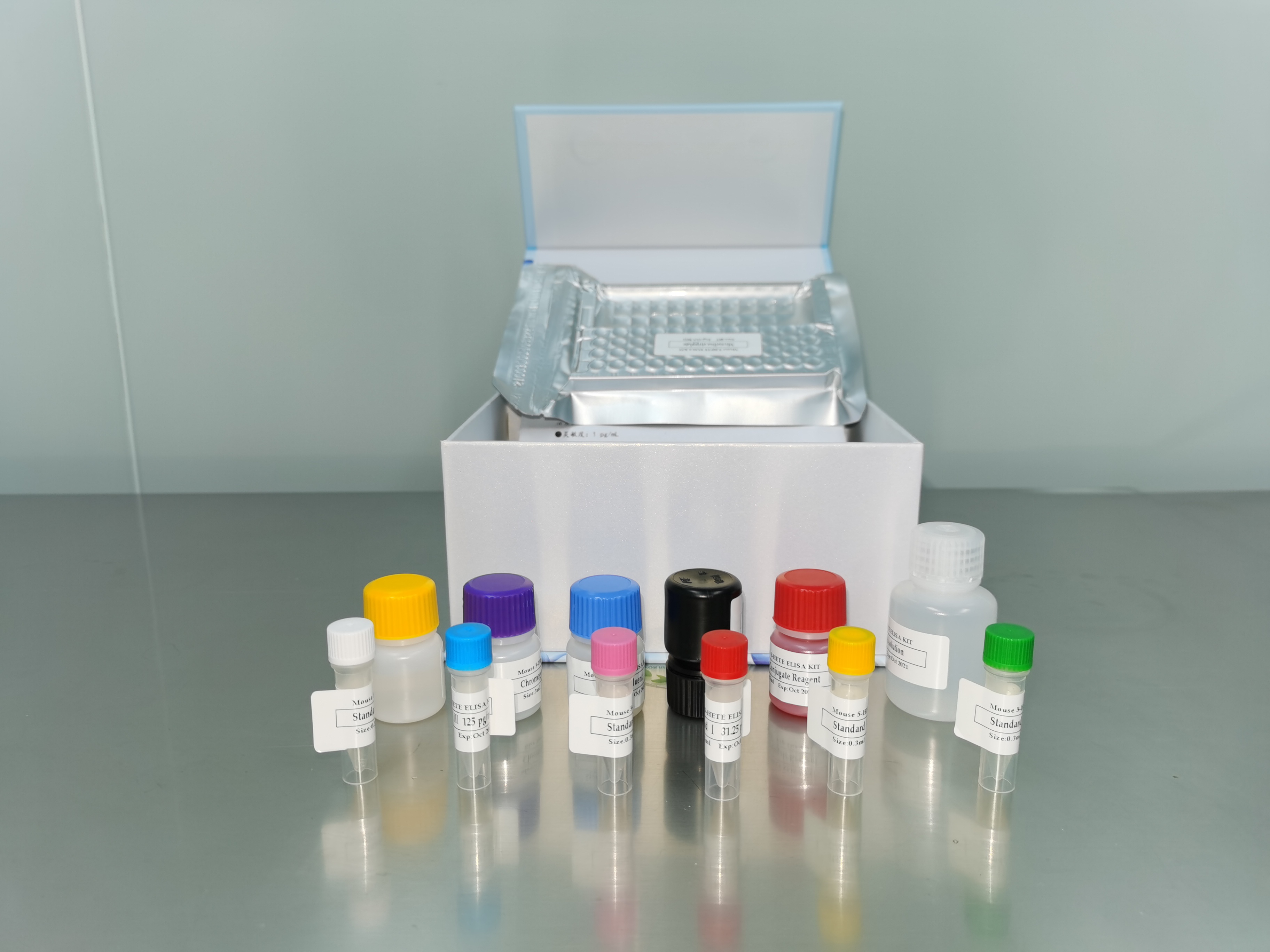| 产品名称: | Acanthamoeba castellanii (Douglas) Page |
|---|---|
| 商品货号: | TS141956 |
| Strain Designations: | 9GU |
| Biosafety Level: | 2
Biosafety classification is based on U.S. Public Health Service Guidelines, it is the responsibility of the customer to ensure that their facilities comply with biosafety regulations for their own country. |
| Isolation: | clinical specimen - human Graz Austria Isolation date: 1996 |
| Product Format: | frozen |
| Storage Conditions: | liquid nitrogen vapor phase |
| Type Strain: | no |
| Medium: | ATCC® Medium 712: PYG w/ Additives |
| Growth Conditions: | Temperature: 25.0°C Duration: axenic Protocol: This strain is distributed as a frozen stabilate. See general instructions for thawing and storage of frozen material before proceeding. As soon as the shipment arrives, remove the frozen ampule from the dry ice and transfer it directly to a 35C water bath. After thawing the ampule, transfer the contents to a 16 x 125 mm plastic screw-capped test tube containing 5 ml of fresh medium. (Glass test tubes may also be used, but the cultures can be transferred less frequently when maintained in plastic.) Screw the cap on tightly and incubate the tube on a 5-15 degree slant at the appropriate temperature. Subculture every 2-4 weeks by vigorously agitating the culture and aseptically transferring a 0.1 ml aliquot to a fresh tube of medium. Prolongation of the transfer interval can be extended up to 6 months for certain strains of Acanthamoeba, however, this must be determined empirically for each strain. Interval: every month |
| Subcultivation: | Protocol: This strain is distributed as a frozen stabilate. See general instructions for thawing and storage of frozen material before proceeding. As soon as the shipment arrives, remove the frozen ampule from the dry ice and transfer it directly to a 35C water bath. After thawing the ampule, transfer the contents to a 16 x 125 mm plastic screw-capped test tube containing 5 ml of fresh medium. (Glass test tubes may also be used, but the cultures can be transferred less frequently when maintained in plastic.) Screw the cap on tightly and incubate the tube on a 5-15 degree slant at the appropriate temperature. Subculture every 2-4 weeks by vigorously agitating the culture and aseptically transferring a 0.1 ml aliquot to a fresh tube of medium. Prolongation of the transfer interval can be extended up to 6 months for certain strains of Acanthamoeba, however, this must be determined empirically for each strain. Interval: every month |
| Cryopreservation: | Storage temperature: liquid nitrogen vapor phase |
| Name of Depositor: | J Walochnik |
| Chain of Custody: | J Walochnik |
| Year of Origin: | 1996 |
| References: | Walochnik J, et al. Discrimination between clinically relevant and nonrelevant Acanthamoeba strains isolated from contact lens- wearing keratitis patients in Austria. J. Clin. Microbiol. 38: 3932-3936, 2000. PubMed: 11060047 Walochnik J, et al. Correlations between morphological, molecular biological, and physiological characteristics in clinical and nonclinical isolates of Acanthamoeba spp. Appl. Environ. Microbiol. 66: 4408-4413, 2000. PubMed: 11010891 Walochnik J, et al. Immunological inter-strain crossreactivity correlated to 18S rDNA sequence types in Acanthamoeba spp. Int. J. Parasitol. 31: 163-167, 2001. PubMed: 11239936 isolated from the contact lens case of an asymptomatic patient |
| Cross References: | Nucleotide (GenBank) : U07413 Acanthamoeba castellanii Castellani ATCC 50374 18S rRNA gene |


